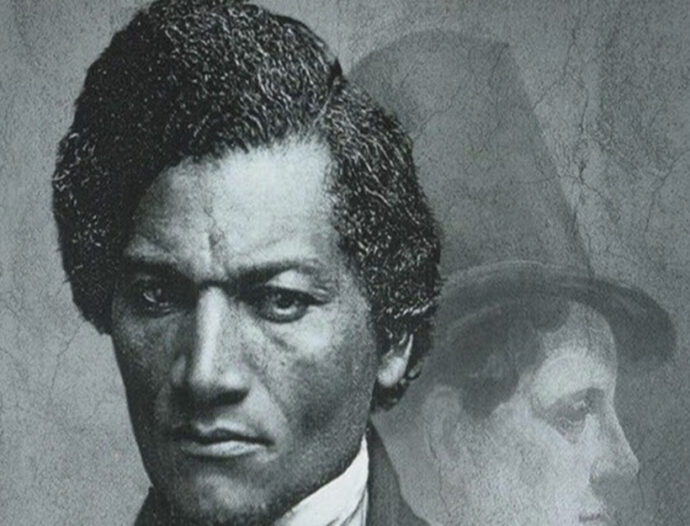
Season of Lent
Ash Wednesday is the first day of the Season of Lent for the Western Christian Church. It includes the 46 days before Easter on the calendar. Since Easter is on April 1st this year, Ash Wednesday happens to fall on Valentine’s Day.
Ash Wednesday is a solemn day devoted to prayer and fasting when many Christians go to church for the dissemination of ashes. This is when a priest or minister uses ashes to mark a cross on the individual’s forehead while uttering the words, “Remember that from dust you are, and from dust, you shall return (Genesis 3:19).” Ashes are a Biblical symbol of grief and repentance.
Historical Origins
During the earliest days of Christianity, the church celebrated Easter on a weekly basis, dedicating each Sunday as a celebration of Christ’s resurrection on the ‘first day of the week.’
Likewise, Friday was set aside as a day of prayer and fasting to commemorate Christ’s suffering and death on the cross for our sins. Eventually, the church adopted the practice of an annual celebration of Easter. In 331 AD, Athanasius, Bishop of Alexandria, sent a letter to the churches throughout Egypt encouraging church members to observe a 40 day fast in preparation for Easter. This was patterned after the 40 days Christ spent fasting and praying in the wilderness. It was a time for new converts to prepare for baptism when they would be admitted into the church on Easter. Other Christians were admonished to examine their lives, confess sins, and prepare to recommit themselves as followers of Christ at the Easter celebration.
When the annual Easter celebration was set in the spring, this season of preparation became known as Lent. The name comes from the Anglo Saxon word ‘lenctum’, which means ‘spring.’ Early Lenten practices included prayer, fasting, penance, almsgiving, church attendance, and going to confession. During the Middle Ages, Lenten religious practice was extended over a six week period. Christians were expected to fast 6 days of the week (except for Sundays) which equaled a total of 40 fast days. Originally the fast included only one meal a day, prohibiting any food associated with living things such as milk or eggs. The tradition of ‘Easter eggs’ comes from the blessing of eggs at Easter. They became symbolic of the resurrected, recommitted life one would live out from Easter onward. Gradually, dietary restrictions softened. Fasting was expected on Ash Wednesday and Good Friday and meat was prohibited on the Fridays in between.
The Tuesday before Ash Wednesday became significant as a day to prepare for the Lenten fast by cleaning the larder of eggs, butter, milk, and sugar. It is still known today as Shrove Tuesday. ‘Shrove’ comes from the Latin word ‘shrive’, which means “to strip away“. A pancake supper became a means of using up prohibited food while supplying a feast before the fast. Many churches continue this tradition by holding a pancake supper on the Tuesday evening before Ash Wednesday. This day is also known as Mardi Gras, the French words meaning ‘fat Tuesday.’
Lent Today
The practice of fasting, choosing to ‘give up’ a food that is particularly enjoyed such as chocolate, coffee or alcohol, continues today. This is seen as a means of curbing the excesses in one’s life and developing a habit of self-control. As beneficial as this practice may be, revisiting the real purpose of Lent may aid us in our choice of practices.
The Purpose of Lent
When viewed as a part of the entire Easter cycle of time, to the Christian, Ash Wednesday and Lent are integral parts of the Celebration of the Life and Love the Eternal GOD has made available to human beings through Christ’s death on the cross and subsequent resurrection. Lent can be viewed as an opportunity to be transformed in order to better experience the love God has for us and to live out our lives more freely and fully. Lent is also a time to enter into our inner wilderness and allow God to meet with each person, change them, and transform those dark, dissonant places in each life into beautiful gardens. Therefore, if you are interested in participating in Lent, I think there are two questions that can be used to guide you in in your choice of what to ‘give up’ or a Christian discipline that you might want to ‘take up’ during Lent.
- What helps me or may help me experience God’s love more fully?
- What activities, habits, food or drink may interfere with my experience of God’s love?
Practices to Consider for Lent
Regular reading of the scripture, times of prayer and gathering for communal worship have been essential practices of growth and transformation for Christians, not only at Lent, but throughout the year. The practice of fasting is generally associated with giving up food or drink, but fasting can come in many forms. You might choose to fast TV, Facebook, or shopping on Amazon. Taking a technology sabbath once a week might be a healthful fast!
Many Christians incorporate one or more spiritual disciplines into their Lenten journey such as taking a retreat or carving a time of silence and solitude each week. Using a special devotional such as Lent with Evelyn Underhill, reading a book that might deepen your prayer life such as A Praying Life by David Powlison, or doing an in-depth study on a book of the Bible may be a practice you want to add to your observation of Lent. Online devotionals are available as well such as:
http://www.newadvent.org/cathen/09152a.htm
http://www.usccb.org/prayer-and-worship/liturgical-year/lent/index.cfm
Merton, Thomas. Seasons of Celebration.




